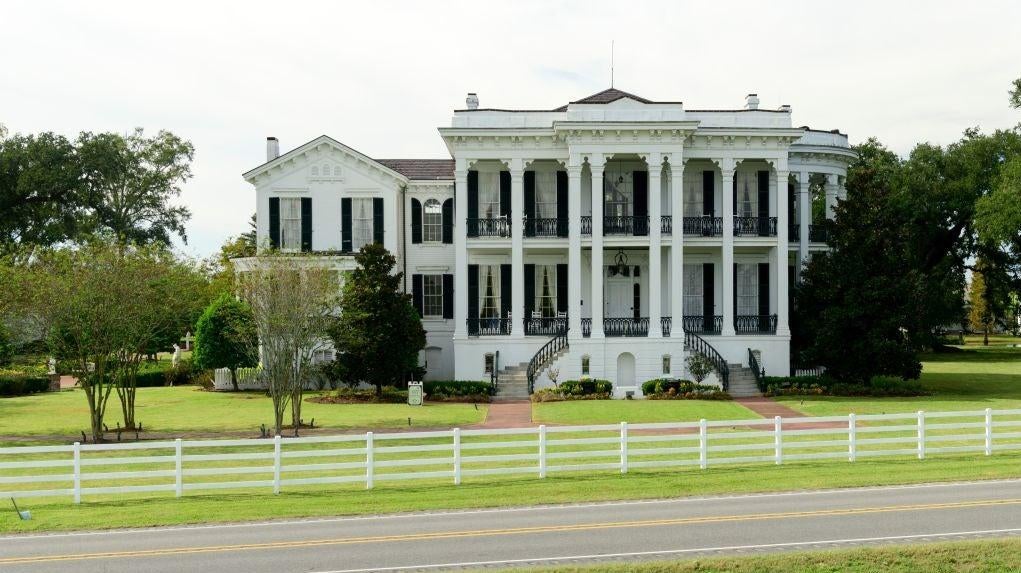The Black social media-verse has been ablaze with reaction to the burning down of Nottoway Plantation in White Castle, La. Officials believe the cause of the 160-year-old structure’s destruction may have been electrical. But it is a place of history, and what was lost despite what it represented was a window into the past that allows us to examine what the place really was. So here are some things you should understand about the now-burned Nottoway Plantation:
Suggested Reading
The property was steeped in slavery as an industry. Nottoway was built between 1857 and 1859 for John Hampden Randolph (1813-1883), a sugar planter who owned three other plantations in Iberville Parish, La.; Blythewood, Forest Home, and Bayou Goula. He came from a family of cotton planters in Mississippi and began planting cotton in Louisiana in 1841. He switched to sugar cane, and slaves constructed the 53,000 square-foot property, through which he amassed significant wealth, according to his own papers.
Some Black people at Nottoway resisted, but others found further misery. By 1860, Randolph held at least 155 human beings in bondage there. Little is known about them to this day, but according to CajunEncounters.com, Freedmen’s Bureau records show that at least 11 people escaped during the Civil War. As the Union army drew near, Randolph took about 200 slaves from Nottoway and his other properties into Texas to grow cotton. After the war, they were freed, but 53 of them contracted with him to return.
Economically, Nottoway was cursed for generations. Postwar hard times hit the South, and the plantation was significantly reduced in size. After Randolph’s death, the place changed hands a number of times due to foreclosure, crop failure, tax issues, the sale of surrounding land, and other problems. At least two later owners unsuccessfully tried to make Nottoway a sugar plantation again. It wound up in the hands of widow Odessa Owen, who lived there alone, unable to care for the mansion on her own.
Millionaires tried to keep profiting from the legacy. Nottoway joined the National Registry of Historic Places in 1980, and after two more sales, it went to Australian businessman Paul Ramsey in 1985. He turned the property into a popular tourist resort. Ramsey died in 2014 after pouring $15 million into Nottoway to fix it, but it was sold to New Orleans hotelier Joseph Jaeger for $3.1 million in 2019. He was killed in an auto accident in 2024, and ownership changed again last October to Dan Dyess, a Natchitoches lawyer and preservationist.
The new owner doesn’t get it. Dyess has been quoted in the media as intending good things for Nottoway. He has said that he and his wife are “non-racist” people who understand how people feel about its past, but had “nothing to do with slavery.” “We are trying to make this a better place,” Dyess said, according to the New York Post. “We don’t have any interest in left-wing radical stuff. We need to move forward on a positive note here, and we are not going to dwell on past racial injustice.” Madison J. Gray is a New York-based journalist. He blogs at www.starkravingmadison.com
Straight From 
Sign up for our free daily newsletter.



